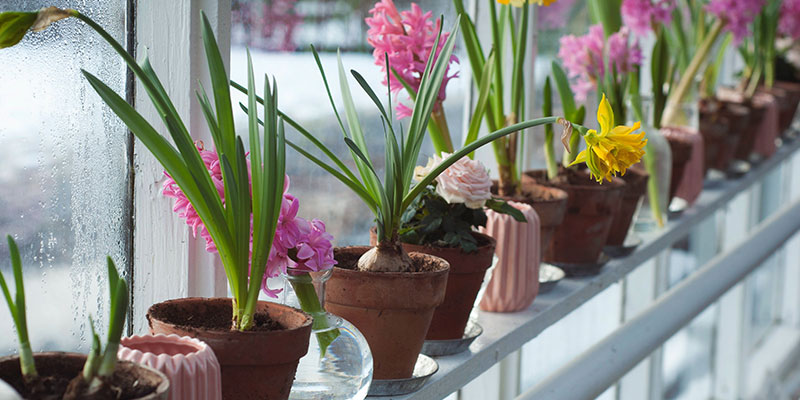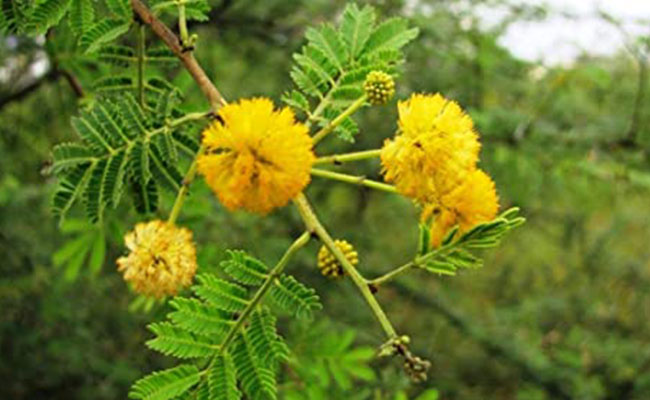Plants That Bring Bad Luck at Home
Having plants at home has a lot of advantages and can encourage a more beneficial living environment. Plants like Tulsi, Lotus and Orchid, among others, filter the air at home, and at the same time are vastu approved. However, did you know there's a whole rundown of plants that you should avoid bringing at home? Vastu Shastra and Feng Shui both have indicated some plants that bring bad luck at home. If you think which plants are not good for your home, then we have listed down the bad luck plants that you should not bring home.

Tamarind Plant
Both Vastu and Feng Shui specialists propose that Tamarind can send negative vibes and energies at home. It is accepted that evil spirits dwell in Tamarins; therefore, care should be taken not to build a house at the sight of Tamarind plant or to bring home this plant. Overall, while the beliefs surrounding the Tamarind plant may vary across cultures and spiritual practices, it is important to respect these traditions and make informed decisions about the plants we choose to bring into our homes. Whether you believe in the power of plants to influence the energy in your home or not, it is always wise to do your research and avoid getting the bad luck plants.

Cotton Plant
Cotton plants and silk cotton plants are not amazing picks to have at home. These blanketed white plants look pretty when utilised as a decorative material however, they are not the ideal choice, according to Vastu, as they come under the category of bad luck plants. These plants catch the dust inside your houses easily, and that represents bad luck and poverty. Additionally, these plants tend to accumulate dust quickly, which is considered unhygienic and can also contribute to the negative energy in the home. So, keep these plants on the outside.

Babul Plant
The botanical name of the Babul plant is Vachellia Nilotica. An Arabic gum tree with flowers. Though it is known as a healing tree and bears pretty yellow flowers, it is not favourable to be kept in the home. Vastu specialists state that it is good to avoid keeping Babul plants at home because the thorns can create disputes in the home, which can lead to negative energy and discord among family members. Therefore, it is best to avoid bad luck plants indoors and opt for other plants that are believed to bring positive energy and harmony to the home.

Mehendi Plant
It is accepted that evil and bad spirits stay in mehendi or myrtle plants, and one must not keep these at home. Another plant that falls under this class is tamarind. Building a house close to a tamarind tree isn't at all suggested by vastu specialists. Avoid these two if you want to steer clear of the negative thoughts that these plants bring. In many cultures, there is a belief that certain plants can attract negative energy and evil spirits into the home hence are known as bad luck plants.

Dead Plants
The basic purpose of bringing plants into our homes is to fill the house with greenery, positivity, and fresh air. All the plants should bloom, and the leaves should look fresh. This is why you should dispose of dead or rotten plants, as they are also bad luck plants. Keeping these is not a good sign. So, keep your home's indoor garden clean and beautiful. They can create a sense of decay and negativity in the home, which can lead to a less than desirable living environment. Therefore, it is important to regularly dispose of dead plants and keep your indoor garden clean and well-maintained to promote positive and vibrant energy in your home.

These were the different bad luck plants for home and you should keep a distance from such unlucky plants. Also, if you are buying plant gifts for your dear ones, make sure to avoid the above-mentioned plants and rather go for some other good-luck plants.
Read more Blogs - Four Types of Tulsi Plants in India | Does Caffeine Affect Plant Growth?















